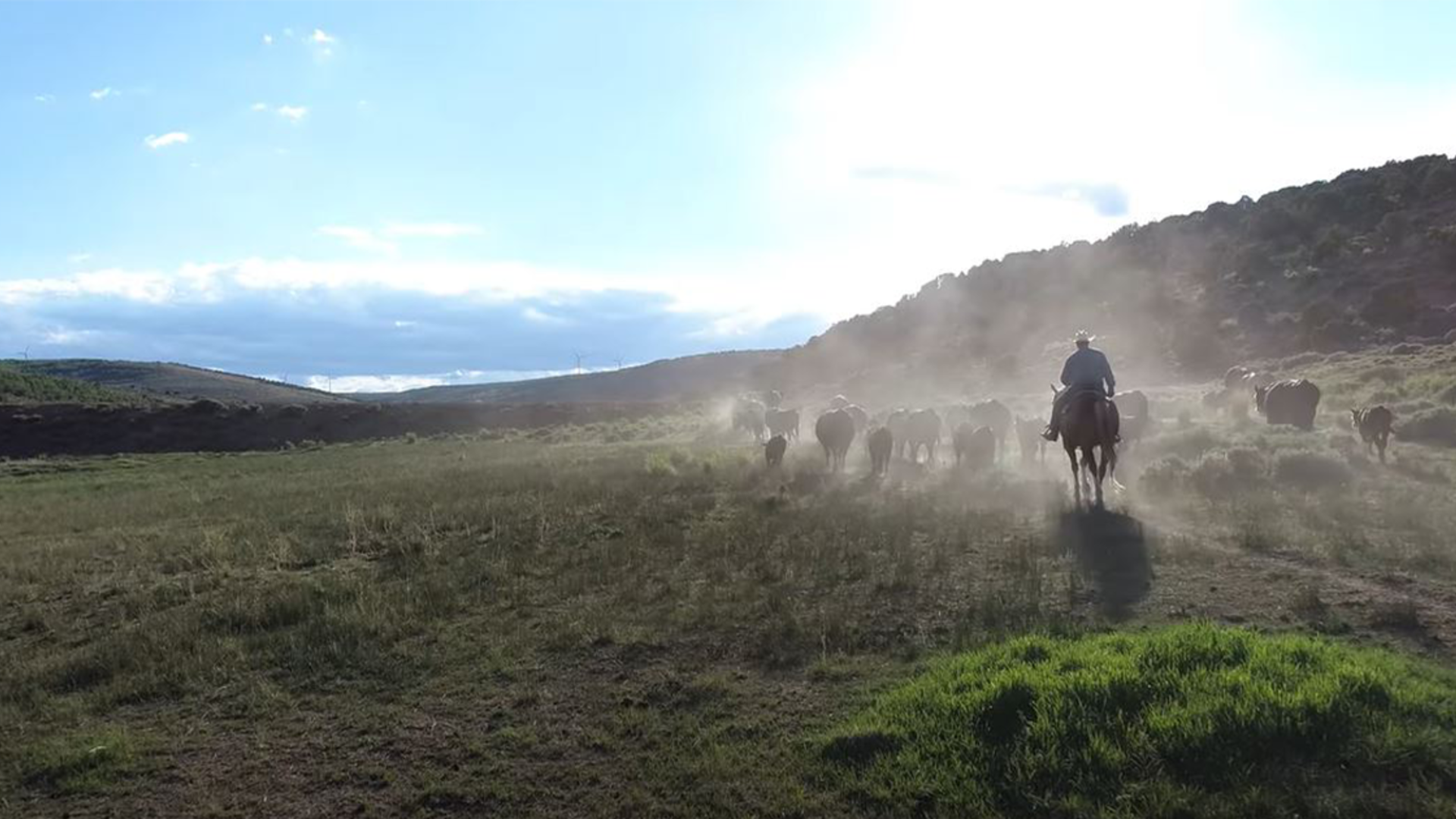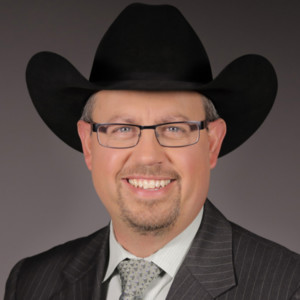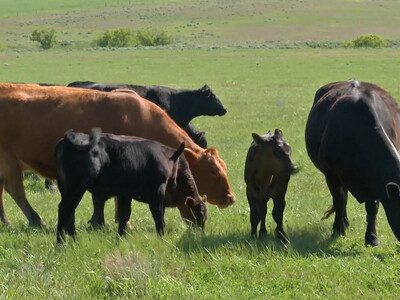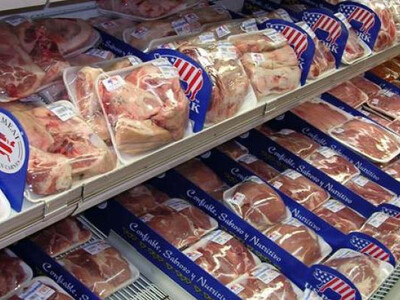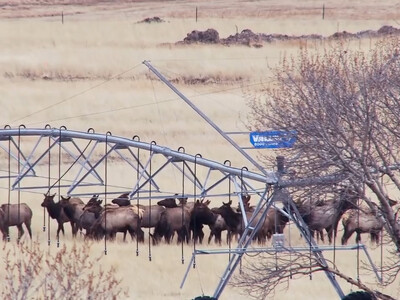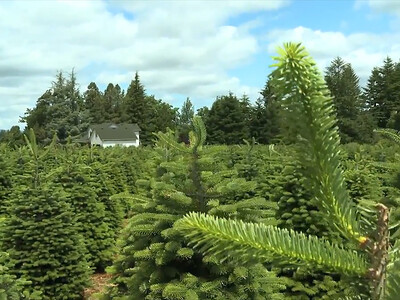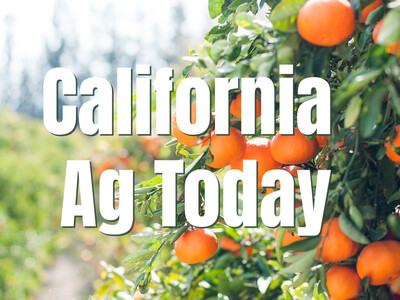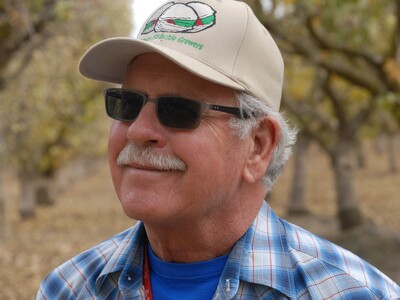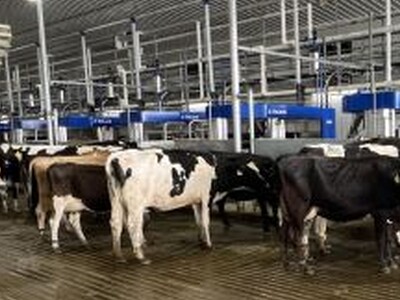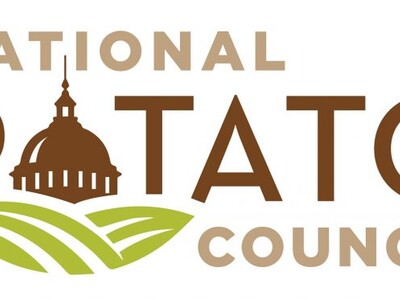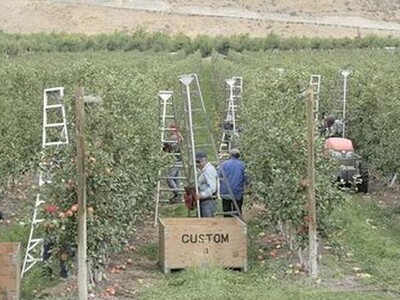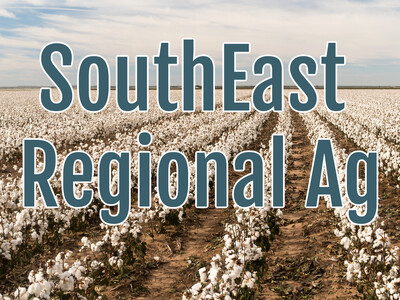Public Lands Ranching Stewardship Highlighted on the Silver Screen
At their recent annual meeting, the Public Lands Council (PLC) debuted a cooperative video project in partnership with the American Sheep Industry Association (ASI) and the National Grazing Lands Coalition (NatGLC). The first in a series called “Range Reels,” the video will serve to promote the many benefits provided by ranchers and educate viewers on the generations of work that goes into successful stewardship of our nation’s public lands.
The first “Range Reels” event in Cody, Wyoming unveiled a video focused on Wyoming rancher Shaun Sims, and the Sims’ family long history of careful cultivation and protection of landscapes. The Sims’ multi-generational commitment to sustainability and family values provided a unique and intimate look into the motivations of public lands ranchers.
Ranchers like Sims operate on some of the 640 million acres of public lands across the western United States. Their operations rely on access to specific areas, called grazing allotments, that have been identified as suitable for managed livestock grazing. After undergoing careful environmental analysis, cattle and sheep graze these lands for short, defined portions of the year. While the availability of grass – or forage – is a key motivation for grazing on Western lands, there are also a wide variety of ecosystem services that ranchers and ruminant animals provide to rangelands. The work ranchers do each day supports the biodiversity, wildlife habitat, soil health, clean and accessible water, and other features of the land that the American public loves and enjoys through recreation. Ranching is a 360-degree industry, with economic, environmental, and social considerations.
The smoke currently blanketing many states in the West only underscores the importance of livestock grazing. Public lands ranchers play an important role in reducing the risk of catastrophic fires. When cattle and sheep graze, they reduce the volume of annual grasses. Unlike perennials, annual grasses have short lives and can quickly become dangerous fuel for wildfires that burn hotter and longer. Cattle and sheep grazing can target species that threaten native grasses, helping to restore balance to the ecosystem. Ranchers’ investments in the grazing allotments, called range improvements, provide water, shelter, and important respite for wildlife across the range, too.
Sims’ silver screen debut shone an important spotlight on the reality of public lands ranching: generations of people like Shaun Sims and so many others have made their lives in harsh landscapes that were once deemed too undesirable to settle on. Through careful cultivation by ranchers, America’s public lands are now some of the most attractive destinations in the world for wildlife enthusiasts, photographers, bikers, backpackers, climbers, hikers, anglers, and hunters. It is because ranchers have been so intentional about stewarding these landscapes that the American public can enjoy the West as it should be: open, healthy, and sustainable for future generations.
“The long history of ranching on federal lands across the West is a cornerstone of the culture and traditions that families like Shaun’s honor every day,” said PLC President Mark Roeber. “These lands are where history and tradition meet contemporary economic and societal demands. Ranchers like Shaun and his family make it possible for these landscapes to serve the needs of nature and people, balanced carefully for a long and healthy future.”
“The American Sheep Industry Association is proud of the Sims family ranch and their leadership in the sheep industry,” said Susan Shultz, ASI President. “We greatly appreciate them sharing their story with America. Care of the land, the livestock and the wildlife habitat is very evident."
“Ranchers like Shaun Sims are prime examples of the necessary management of our public lands for the greater benefits to wildlife and society,” said Rob Cook, NatGLC Chair. “The NatGLC is proud to partner with the Public Lands Council and the American Sheep Industry to tell the land stewards’ story.”
Source: Public Lands Council


